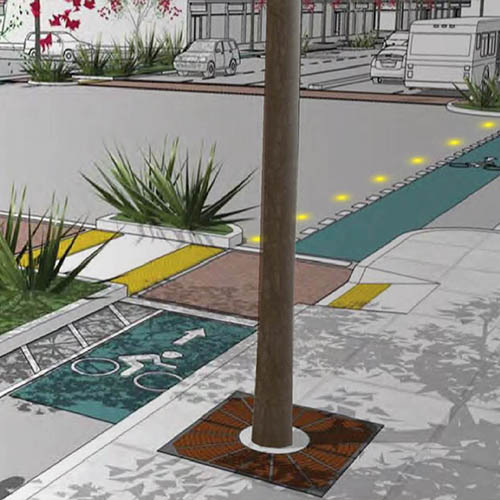Cycling has become an increasingly popular form of transportation over the past few decades. With cities growing and becoming denser, urban transportation has been forced to evolve to accommodate a population size that exceeds road space. Additionally, climate change has shifted the culture to focus more on the reduction of fossil fuel emissions in our everyday lives.
When the COVID-19 pandemic of 2020 hit, there was a boom in cycling, with many transit users shifting to socially-distanced forms of travel. In addition to a new form of transportation, city residents hit the roads to improve both their mental and physical health while remaining socially distanced.
Knowing this, how can we improve the safety of the cyclists in our communities? Bike lanes are an obvious answer, but what sort of effect do they really have? Are they worth it? If so, how can we ensure commuters can move safely from place to place while using these bike lanes? Read more below to find out.
